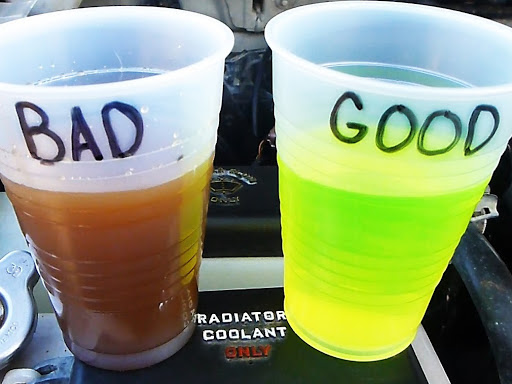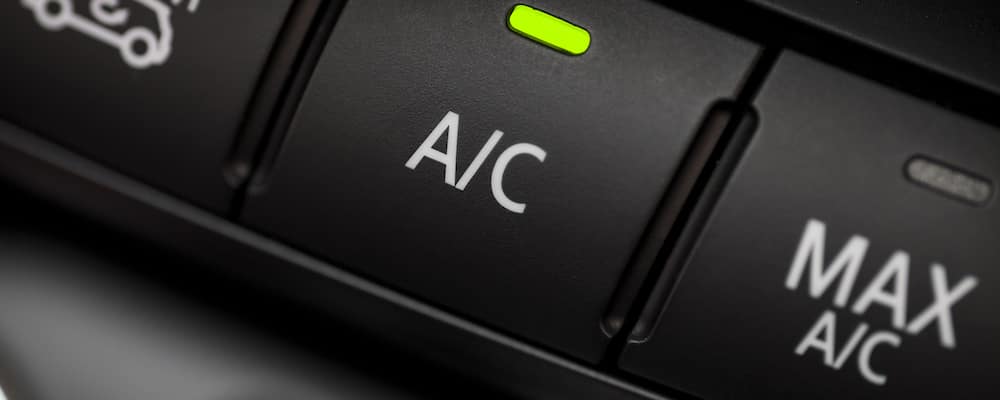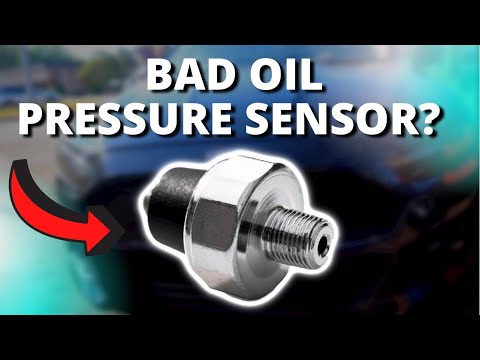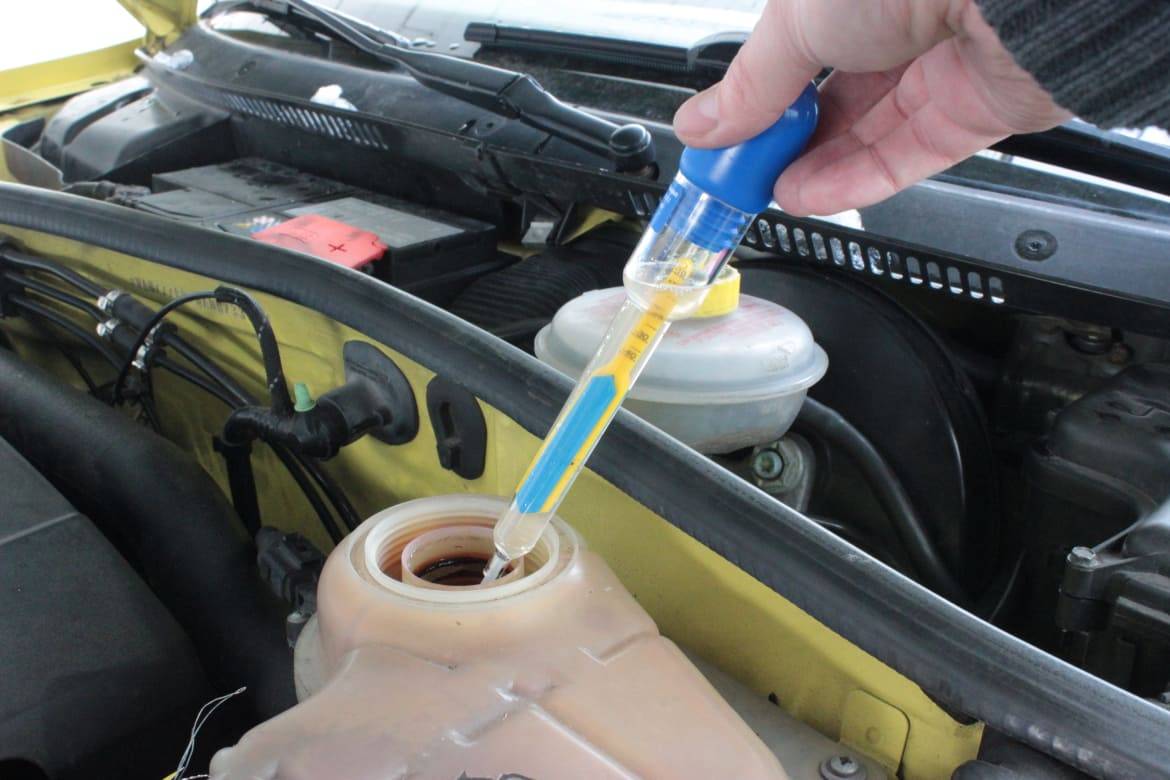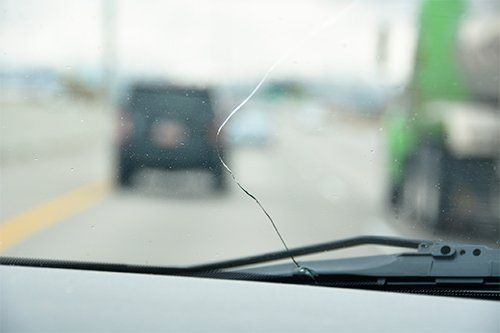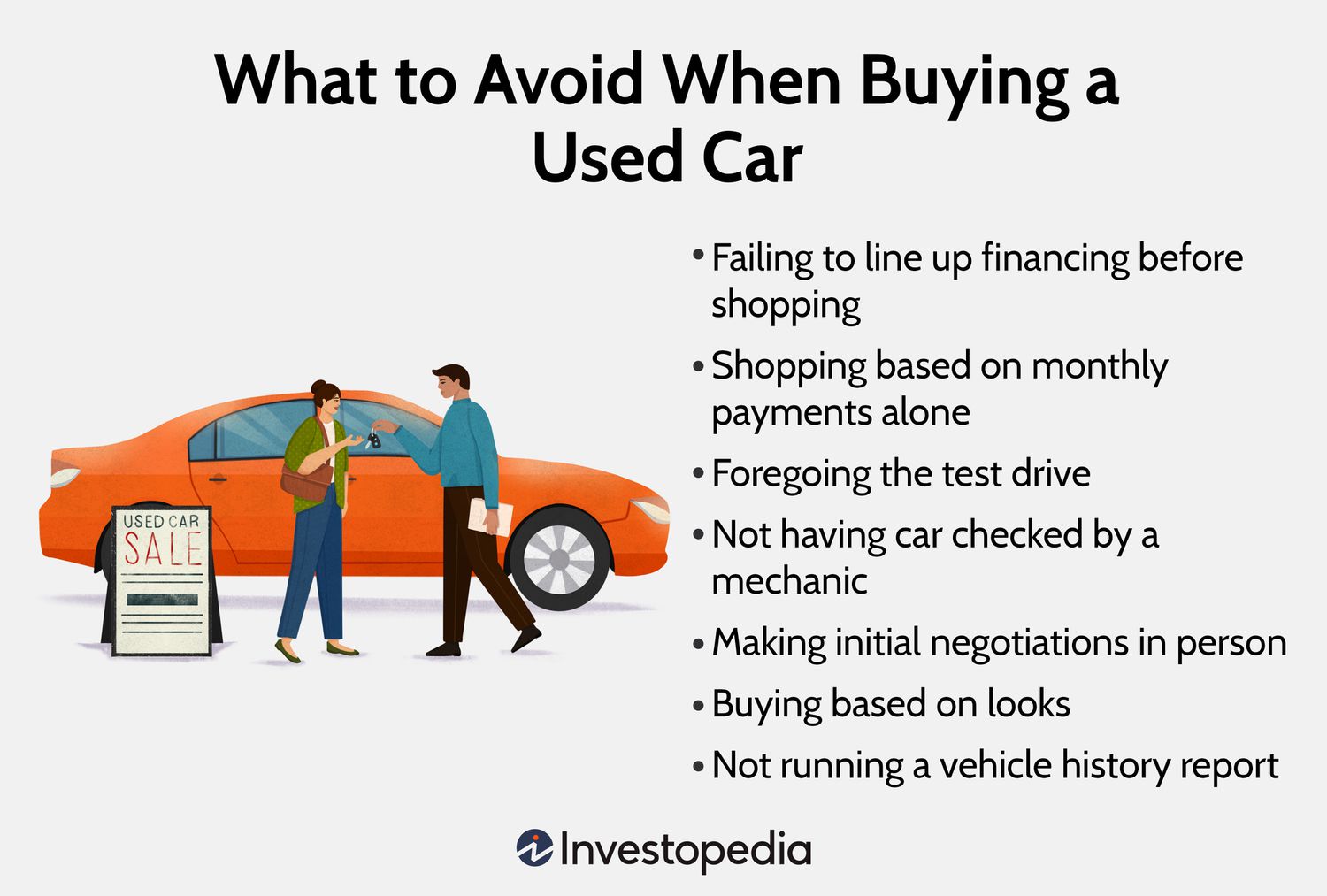Do I Really Need to Change My Coolant
Yes, you need to change your coolant to prevent engine damage. Regular replacement prevents overheating and corrosion.
Maintaining your vehicle’s health is crucial for its longevity and performance. Coolant, also known as antifreeze, plays an essential role in your car’s engine by regulating temperature extremes. Over time, coolant can break down and lose efficiency, leading to increased engine wear, potential overheating, and costly repairs.
Automotive experts agree on the importance of routinely refreshing the coolant according to the manufacturer’s recommendations. This simple maintenance task can save you from the inconvenience of vehicle breakdowns and extend the life span of your engine. Keeping your coolant fresh is a small investment in the overall well-being of your vehicle’s intricate systems.
The Importance Of Coolant In Your Vehicle
Your vehicle’s engine is a powerhouse of activity. To keep it running smoothly, it needs a hero — coolant. This liquid works tirelessly, ensuring the engine stays at an optimal temperature.
Let’s dive into why coolant is vital for your vehicle’s health and performance.
Role Of Coolant In Engine Health
Coolant, also known as antifreeze, is the lifeblood of your engine’s cooling system.
- Regulates Temperature: It maintains the right operating temperature.
- Prevents Freezing: It stops the engine’s water from freezing in cold weather.
- Protects from Boiling: It raises the boiling point to avoid overheating.
- Lubricates: It keeps the water pump lubricated.
Without proper cooling, engines can suffer major damage. It’s like running a marathon in a heavy coat.
Consequences Of Neglected Coolant
Neglecting coolant changes is like skipping dental check-ups. Small issues can become big problems.
| Issue | Consequence |
|---|---|
| Corrosion | Deteriorates engine components. |
| Overheating | Can cause engine failure. |
| Scale Deposit | Blocks flow and reduces efficiency. |
| Lubrication Loss | Leads to water pump failure. |
Stay vigilant with coolant maintenance to avoid costly repairs. Your engine depends on it!
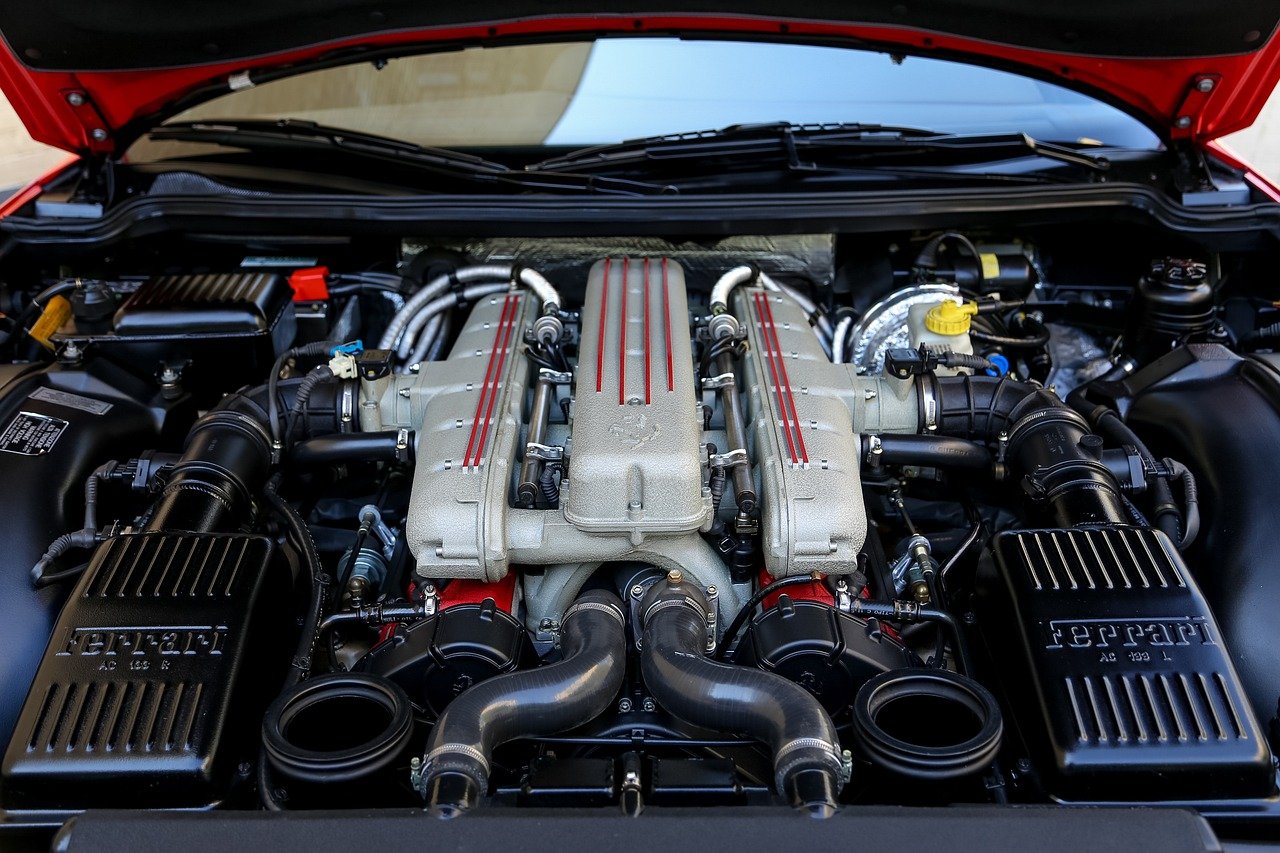
Credit: www.jdpower.com
Understanding Coolant Degradation
Your car’s coolant is crucial for engine health. It keeps the engine cool and prevents overheating. Over time, coolant breaks down and loses its effectiveness. Recognizing the signs of this breakdown helps maintain your car’s performance. Let’s learn how coolant degrades and what signs to watch for.
How Coolant Degrades Over Time
Coolant, also known as antifreeze, goes through a gradual breakdown process. This aging happens due to heat, time, and chemical reactions. As it ages, the coolant can become acidic, leading to corrosion in the cooling system. Contaminants also build up over time, reducing the coolant’s ability to transfer heat.
| Time Period | Characteristic | Effect on Coolant |
|---|---|---|
| Initially | Proper pH Level | Effective at cooling |
| Over Time | Acidic pH Level | Leads to corrosion |
| Advanced Age | Contaminant Buildup | Reduces heat transfer |
Signs Of Worn-out Coolant
It’s important to spot the signs of bad coolant before it’s too late. These signs include:
- Strange odors – A sweet smell indicates leaking antifreeze.
- Discoloration – Coolant should not be cloudy or have floating particles.
- Overheating engine – Ineffective coolant may cause your engine to overheat.
- Low coolant levels – A drop in the coolant reservoir could mean a leak.
Regular check-ups avoid costly repairs down the road. Check your coolant during routine maintenance.
Coolant Change Frequency
Think of coolant as your engine’s protective companion. It keeps your engine cool and safe from damage. Like other fluids in your car, it doesn’t last forever. Knowing when to change your coolant is key to car health.
Manufacturer Recommendations
Your car’s manual is your best guide for maintenance tips. It lists when to change your coolant. This usually happens every 30,000 to 60,000 miles. Yet, some newer coolants can last over 100,000 miles. Always check your manual first.
Variables Affecting Change Intervals
Many factors can change how often your coolant needs a swap. Below are some common variables:
- Driving habits: More driving means changing coolant more often.
- Car age: Older cars might need more frequent changes.
- Climates: Extreme weather can affect change intervals.
- Type of coolant: Some coolants have longer lives than others.
Don’t wait for issues to show up. Check your coolant level and color regularly. If it’s low or looks rusty, get it checked. A simple change can save you from big repairs in the future.
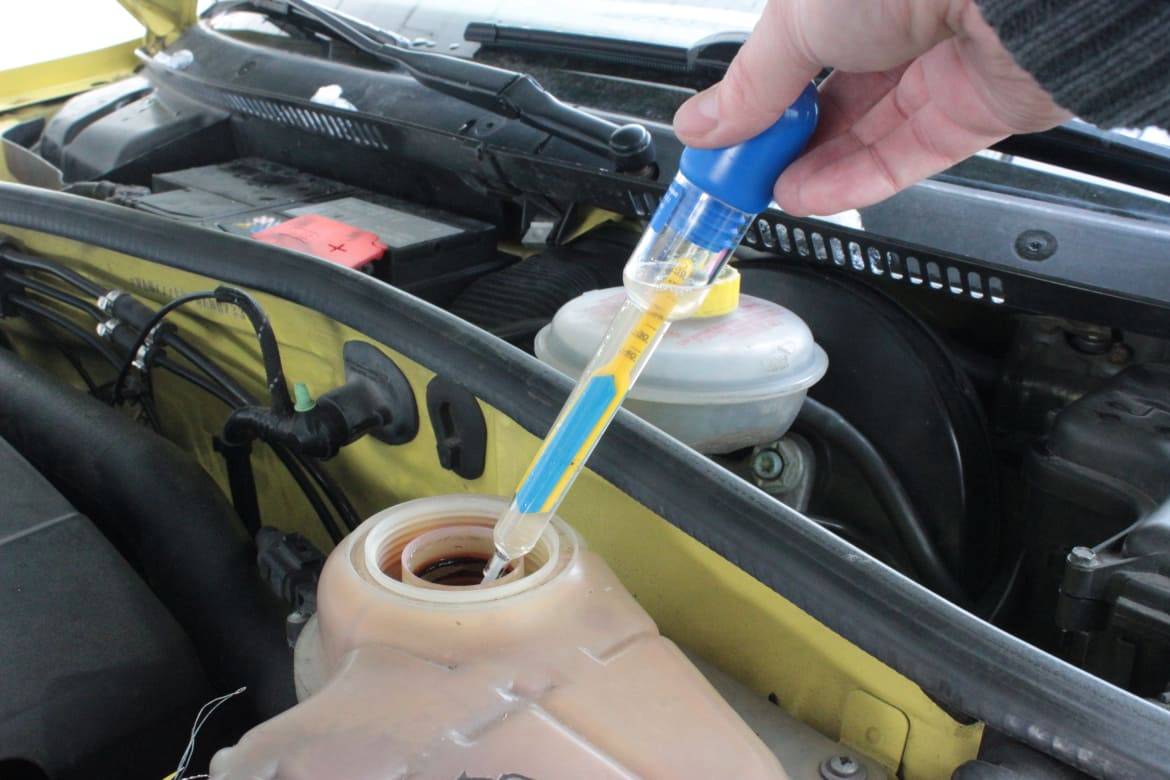
Credit: www.cars.com
Steps Involved In Changing Coolant
Keeping your engine at the right temperature is crucial. Changing the coolant is a key part of this. Let’s dive into the steps you need to follow to do this.
Checking Coolant LevelsChecking Coolant Levels
Before starting, make sure the engine is cool. Open the hood. Find the coolant reservoir. Check the level against the markers. If it’s low, it’s time for a change.
The Process of Draining and RefillingThe Process Of Draining And Refilling
Step-by-step ordered list- Gather tools: You’ll need gloves, goggles, a drain pan, and coolant.
- Locate the drain plug: It’s under the radiator.
- Drain the coolant: Put the pan under the plug. Open it up. Wait.
- Close the plug: Once empty, close it back up.
- Refill with coolant: Use the filler neck on the radiator.
- Check for leaks: Look around the radiator for drips.
After this, start the engine. Let it run. This helps remove air. Then, check the level again.
Diy Versus Professional Coolant Change
Your car’s coolant is vital for keeping the engine at the right temperature. Should you replace it yourself or get a pro? This part of the post will explore the benefits and drawbacks of DIY methods and when to call in the experts.
Pros And Cons Of Diy
Doing your own coolant change can save money and give you control over the process. You’ll need the right tools and safety gear. Here are the pros and cons to consider:
| Pros of DIY | Cons of DIY |
|---|---|
|
|
When To Seek Professional Service
Certain situations call for expert attention. Here’s when to seek a professional coolant change:
- Complex engine layouts that are hard to navigate
- Lack of proper tools or a safe area for disposal
- Time constraints: If you need a quick turnaround
For optimal engine health and safety, choose a professional service when you’re unsure about the DIY approach. Experts can quickly identify issues and handle the coolant change without errors.

Credit: www.carfax.com
Choosing The Right Coolant For Your Car
Ensuring your vehicle runs smoothly involves regular maintenance, and that includes the often-overlooked task of changing the coolant. But with several types of coolant out there, picking the right one is crucial for your car’s longevity and performance. Here, we’ll explore what to consider when selecting a coolant for your vehicle.
Different Types Of Coolant
Coolants don’t just come in different colors, but different formulations too. It’s vital to know the three main types of coolant that cars use today:
- IAT (Inorganic Additive Technology): Typically green in color, ideal for older vehicles.
- OAT (Organic Acid Technology): Often orange, yellow, or red, used in many modern cars.
- HOAT (Hybrid Organic Acid Technology): A mix of IAT and OAT, working great for newer vehicle models.
Compatibility With Your Vehicle Model
Your car’s make and model dictate the coolant it needs. Check the owner’s manual or consult with your mechanic to make sure you get the type compatible with your vehicle. This list shows common car brands and the suggested coolant type:
| Car Brand | Type of Coolant |
|---|---|
| Ford | OAT/HOAT |
| Chevrolet | OAT |
| Toyota | OAT/HOAT |
| Honda | OAT |
It’s not just about the right type; also focus on quality. Pick a trusted brand that six better protection against corrosion and overheating. Keep an eye out for a coolant that also operates in extreme temperatures.
Frequently Asked Questions On Do I Really Need To Change My Coolant
Why Is Changing Coolant Important?
Changing coolant is crucial because it prevents engine overheating and protects against corrosion. Coolant loses effectiveness over time, making regular replacement vital to maintain engine health and efficiency. Neglecting coolant changes can lead to costly repairs.
How Often Should Coolant Be Replaced?
Coolant replacement schedules vary by vehicle, but generally, it should be done every 30,000 to 50,000 miles. Always check your vehicle’s owner manual for the specific recommendation to ensure proper maintenance and optimal performance.
Can Old Coolant Damage My Engine?
Yes, old coolant can cause engine damage. It can become acidic over time and lead to corrosion of internal engine components. This can result in reduced cooling efficiency, overheating, and potentially severe engine damage if not addressed timely.
Does Coolant Type Matter For My Vehicle?
Absolutely, coolant type matters. Vehicles are designed to work with specific types of coolant, often distinguished by color. Using the incorrect type can lead to decreased performance and damage. Consult your vehicle manual for the recommended coolant.
Conclusion
Regular coolant changes aren’t just recommended; they’re crucial for your vehicle’s health. Ignoring this can lead to major engine issues, skyrocketing repair bills, and decreased efficiency. Embrace preventative maintenance—your car will thank you with a longer, more reliable life on the road.
Don’t wait, schedule that coolant service today.

